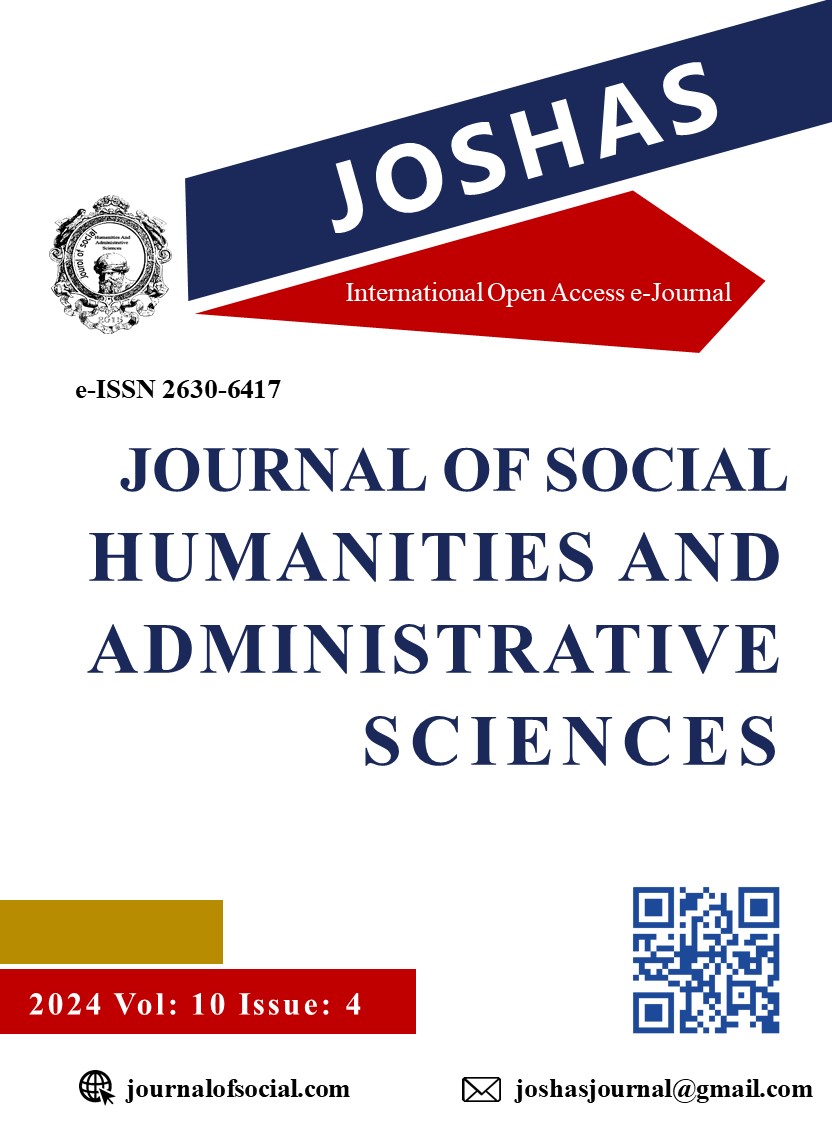Author :
Abstract
Keywords
Abstract
This study aims to explore the extent to which students are willing to communicate in English within an ESP context, focusing on different context and receiver types, and identifying the types of class activities that encourage more communication. Another goal is to determine if students’ willingness to communicate (WTC) varies based on gender, grade level, major, experiences abroad, and the type of high school they attended. To achieve these objectives, a mixed-method triangulation approach is used, incorporating WTC questionnaires, observations, and interviews for data collection. The participants are first- and second-year students majoring in Civil Aviation Cabin Services, Aircraft Technology, and Ground Handling Services Management. The findings reveal that students generally have a moderate willingness to communicate in English. Grade level, department, and type of high school significantly impact students’ WTC in English. Interviews suggest that students hold positive attitudes toward speaking English in class. Observations and interviews indicate that students’ WTC in the classroom is dynamic. Additionally, the results highlight the importance of interlocutors for students’ WTC in English, with students showing a higher willingness to communicate in English as the number of interlocutors decreases. Most students prefer one-on-one communication with the teacher. Observations also show that the most common WTC act is "volunteering an answer when the teacher asks a question in class," followed by "volunteering a comment" during the lesson. Practical suggestions for EFL classrooms are provided based on students' feedback from interviews and questionnaire results.





